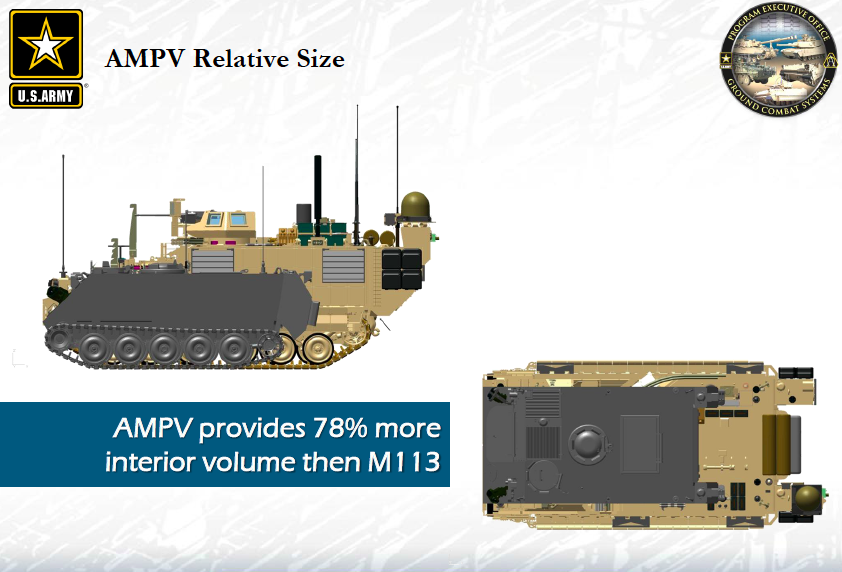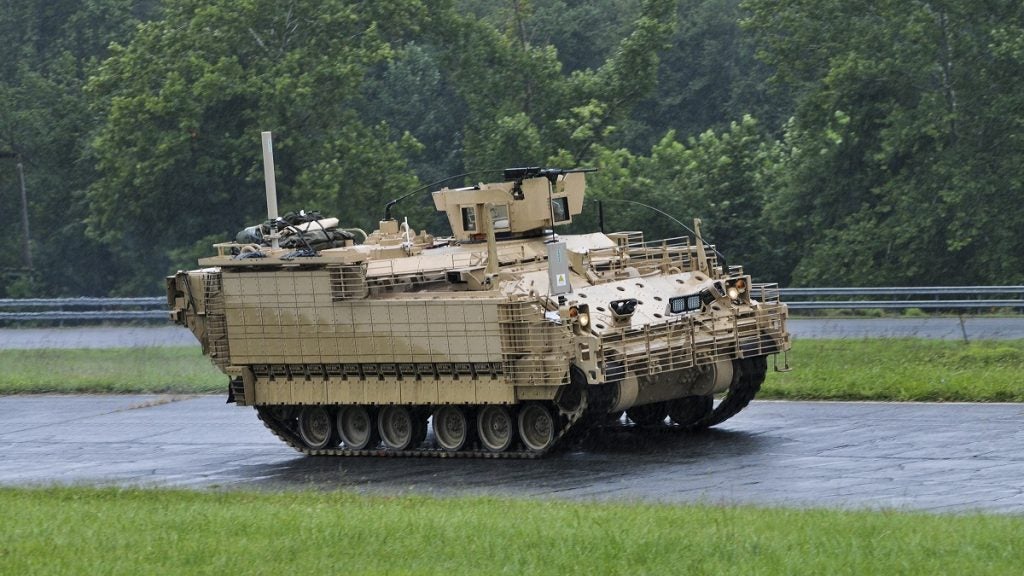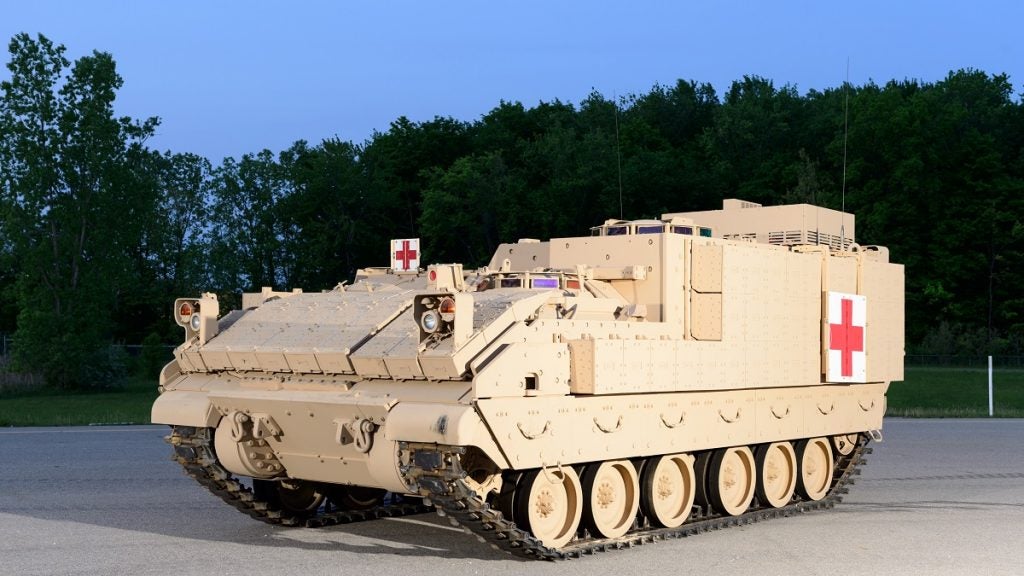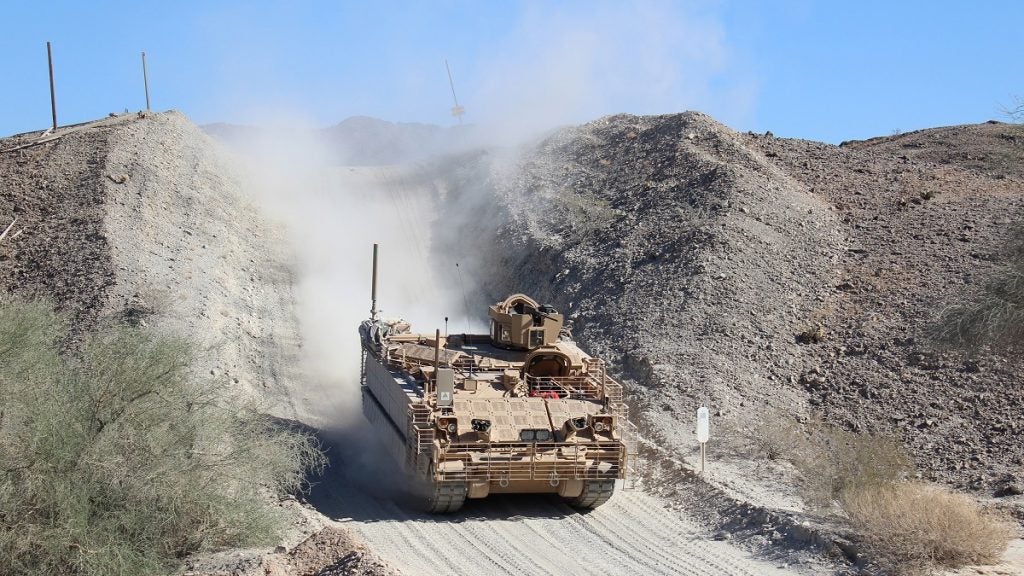First AMPV for U.S. Army Rolls off Production Line to Begin M113 Replacement
The first Armored Multi-Purpose Vehicle (AMPV) has driven off the BAE Systems production line to be delivered to the U.S. Army. The new vehicle type is intended to replace the legendary but venerable Vietnam War-era M113s and will fulfil a host of roles within the U.S. Army as a result.
Central to the Army’s modernization program, the AMPV is designed to provide the Army with a highly survivable and mobile fleet of vehicles capable of maneuvering with the Armored Brigade Combat Teams (ABCT) that will provide the U.S. military with their primary ground striking force into the future.
In contrast to its predecessor, the AMPV offers far better protection and mobility and much more internal capacity, though it is considerably larger than the M113.

A Mission Command variant vehicle will be the first vehicle delivered. These are intended to facilitate digital mission command, taking advantage of increased volume, protection, power and cooling capabilities and provides flexibility and growth capacity for command, control, communications and computer capabilities into the future.
The five other variants of the AMPV are:

The General Purpose vehicle: operates throughout the battle space to conduct resupply, maintenance and stand-in casualty evacuation.
The Mortar Carrier: provides immediate, and responsive, heavy mortar fire support to the ABCT in the conduct of fast-paced offensive operations.
The Medical Evacuation vehicle: enables immediate treatment or evacuation at the point of injury to either ambulatory or litter casualties.
The Medical Treatment vehicle: is the first of its kind, serving as an “operating room on tracks” for life-sustaining care to soldiers suffering from life-threatening injuries.

Jeremy Tondreault, vice president and general manager of BAE Systems’ Combat Mission Systems, said that:
“The AMPV family of vehicles provides significant power, mobility, interoperability, and survivability improvements for the ABCT. The AMPV has demonstrated outstanding survivability and force protection as well as flexibility and growth for the future.”
First ordered for type development in 2014, the AMPV completed nearly two dozen Army tests prior to further production being authorised. Under the current low rate initial production contract awarded in 2018, BAE Systems will deliver more than 450 AMPVs, with another 2000+ being on option should the vehicle continue to prove successful.

